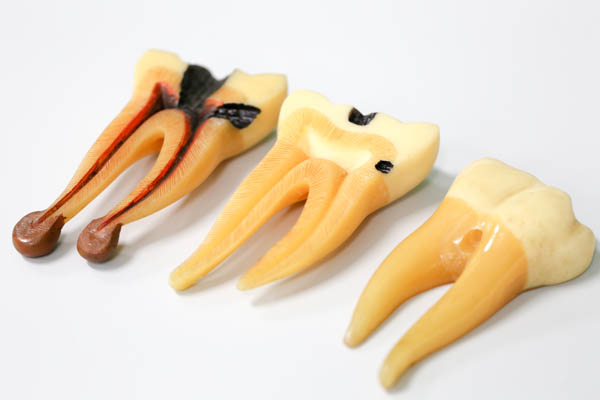Laughing gas plays a very important role when it comes to sedation dentistry. There are millions of people in the U.S who are terrified of the idea of going to the dentists. These people tend to look for any excuse possible to avoid having to visit the dentist for their checkups.
The result of this is often whatever issue the person is dealing with becoming worse. As a general rule, the earlier a person seeks treatment for an oral problem, the easier and cheaper it is to fix it.
Some cases of dental phobia can be treated without medication by teaching the patient relaxation techniques and getting the person more familiar with the dental clinic. However, some patients require medication to keep them relaxed during dental appointments.
That is where the laughing gas comes into play.
What is laughing gas used for?
The chemical name for laughing gas is nitrous oxide. It is a fast-acting gas that is odorless and colorless. Patients experience pleasurable feelings after inhaling this gas, and this keeps them relaxed during treatments.
One of the reasons why nitrous oxide is so popular is because of how quickly its effects wear off after treatments. Patients are often free to drive themselves back home after the appointment.
Side effects of nitrous oxide
Laughing gas has been used for decades, and it is considered to be safe by the American Dental Association. Most patients do not experience any side effects after inhaling nitrous oxide, but there are some known side effects. These include:
- Fever
- Headaches
- Sweating
- Nausea
- Fatigue
Nitrous oxide is delivered to patients using a mask that covers the nose. The patient begins to feel the effects of the gas a few minutes after it is turned on. The dentist can adjust the flow of nitrous oxide as appropriate for each patient.
Once the treatment is complete, the patient is given oxygen for about five minutes to purge any remaining gas in the person’s lungs and nullify the effects of the gas. This also helps to prevent headaches.
Patients are advised to avoid eating for up to three hours before getting nitrous oxide administered. Patients should also ask their dentists if it is safe to drive back home after their procedure.
Nitrous oxide and children
Nitrous oxide is the most recommended solution when it comes to sedating children. It is safe for the young ones, and it can be very useful when it comes down to calming down anxious or nervous children.
Who should avoid using laughing gas?
While nitrous oxide is a safe and effective sedative, there are certain conditions where there are better alternatives. People who are pregnant, have a cobalamin deficiency or chronic pulmonary disease should avoid using it. The dentist will find better options for these patients.
We can help calm your anxiety!
Often find yourself dreading your next dental appointment? Talk to your dentist about sedation dentistry and explore your options.



